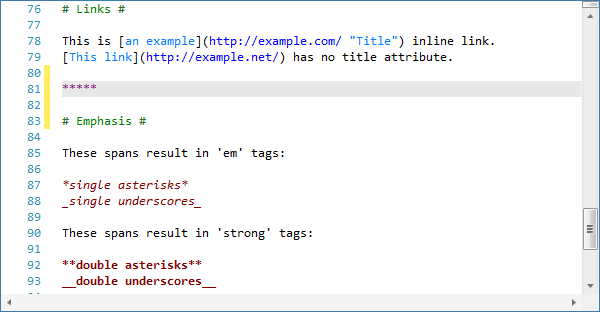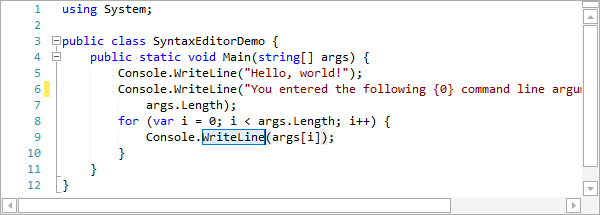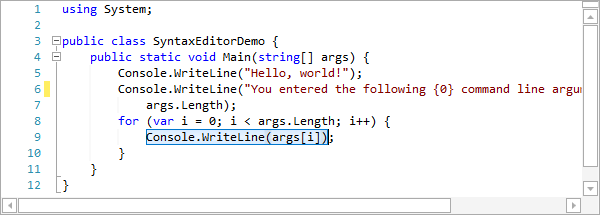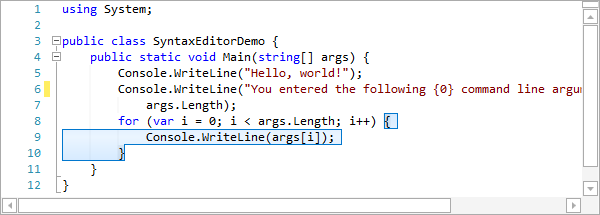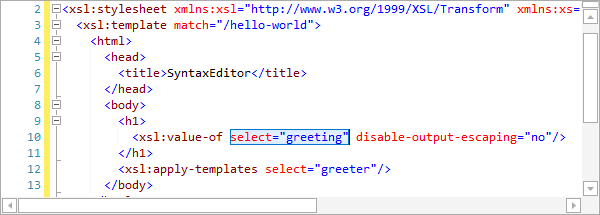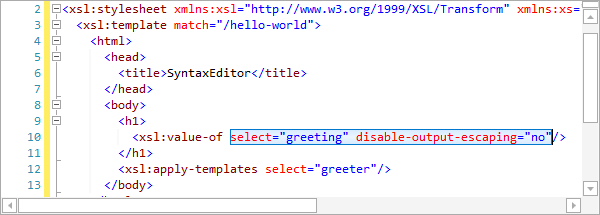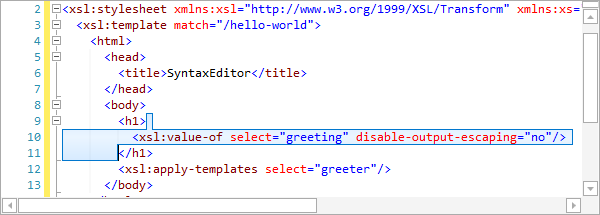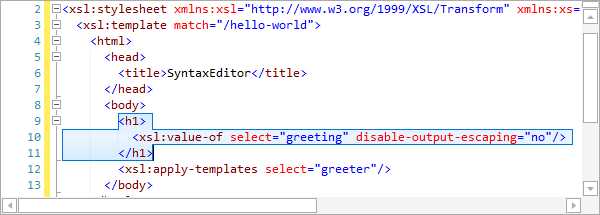Silverlight Studio 2013.1 build 151 has been released and is now available for download. Several great new enhancements are part of this build.
This build has the following major new features:
- Charts: Added the ability to provide strings and complex types as chart data using the new XYGroupedAxis.
- Charts: Added support for multilevel XPath and YPath.
- SyntaxEditor: Added new auto-correct features, with a pre-defined AutoCaseCorrector language service for performing character case correction. Easily add auto-case correct features to custom languages.
- SyntaxEditor: Updated the sample VB, VBScript, and PowerShell languages to perform auto-case correction.
- SyntaxEditor: Added new code block selection features, which let languages that implement an ICodeBlockFinder service expand/contract the selection to logical code blocks via Ctrl+Num+ and Ctrl+Num-.
- SyntaxEditor: Added a new free Markdown syntax language definition.
- SyntaxEditor: Made performance improvements in numerous areas.
- SyntaxEditor .NET Languages Add-on: Added an IAutoCorrector language service implementation for VB that case corrects keywords.
- SyntaxEditor .NET Languages Add-on: Added ICodeBlockFinder language service implementations for C# and VB.
- SyntaxEditor .NET Languages Add-on: Updated the resolver to handle the implicit value parameter in property setters.
- SyntaxEditor .NET Languages Add-on: Improved the C# text formatter.
- SyntaxEditor Web Languages Add-on: Added ICodeBlockFinder language service implementations for XML.
See the announcement post for the detailed list of enhancements and updates.








